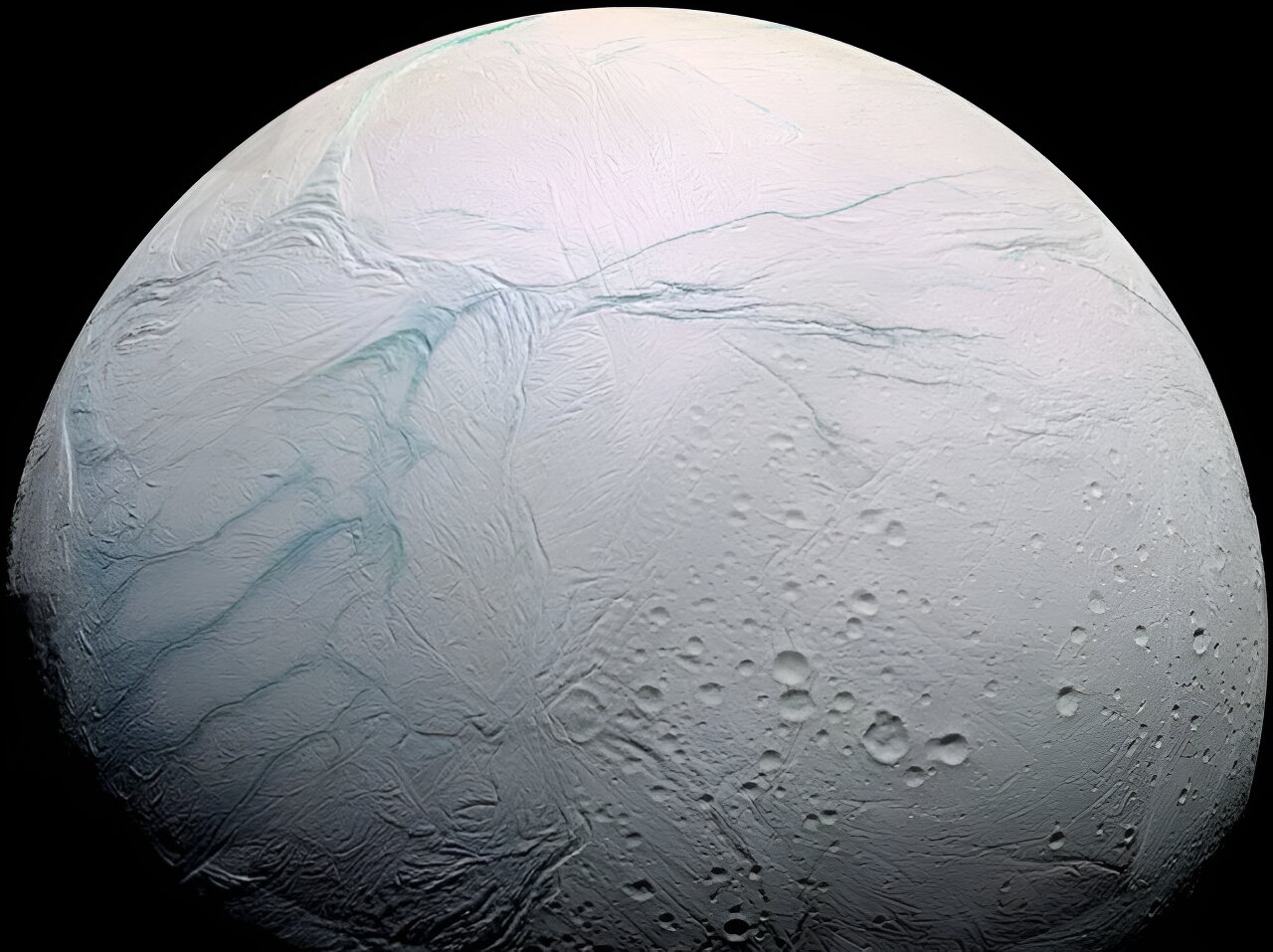I know that competition for funding for space missions is intense, but let’s just land a probe on the damn thing and be done with it.
Drill through the ice, drop a sensor, send the data home.
I don’t know enceladus, but europas ice layer is probably 20kms thick
I was thinking a chemical drill of sorts. A package of exothermic reactions to melt the way down. Then you’d actually need to drop an ultralong extending straw down (I admittedly don’t know how to solve this one, but my material science/mechanical engineering isn’t very strong) and slurp up a sample for onboard analysis. Otherwise you’d be limited to only those components you could fit into a transmitting sensor.
Perhaps a repurposed garden hose on a spool could work. I recently saw a pretty long one on sale on amazon and they sell extensions. As long as we’re making stuff up I feel like this should work nicely ;-)
Too heavy. :p
Drilling slowly through ice with heat isn’t a very spectacular claim, at any rate. You’d need to keep the descending arm heated too I suppose, otherwise it’d all get stuck as it refroze behind the drilling area. But the sheer distance is the only potentially currently impossible hurdle, off the top of my head. Gravity is providing all the force you need, no motors should be needed. Use a radioactive, low output heat source. You’re not in a hurry or anything.
How many decades to us having an Enchilada outpost?
Lol. Your autocorrect typo is hilarious.
Who said it was a typo? I want to go to the enchilada outpost
Mmmm enchilada





